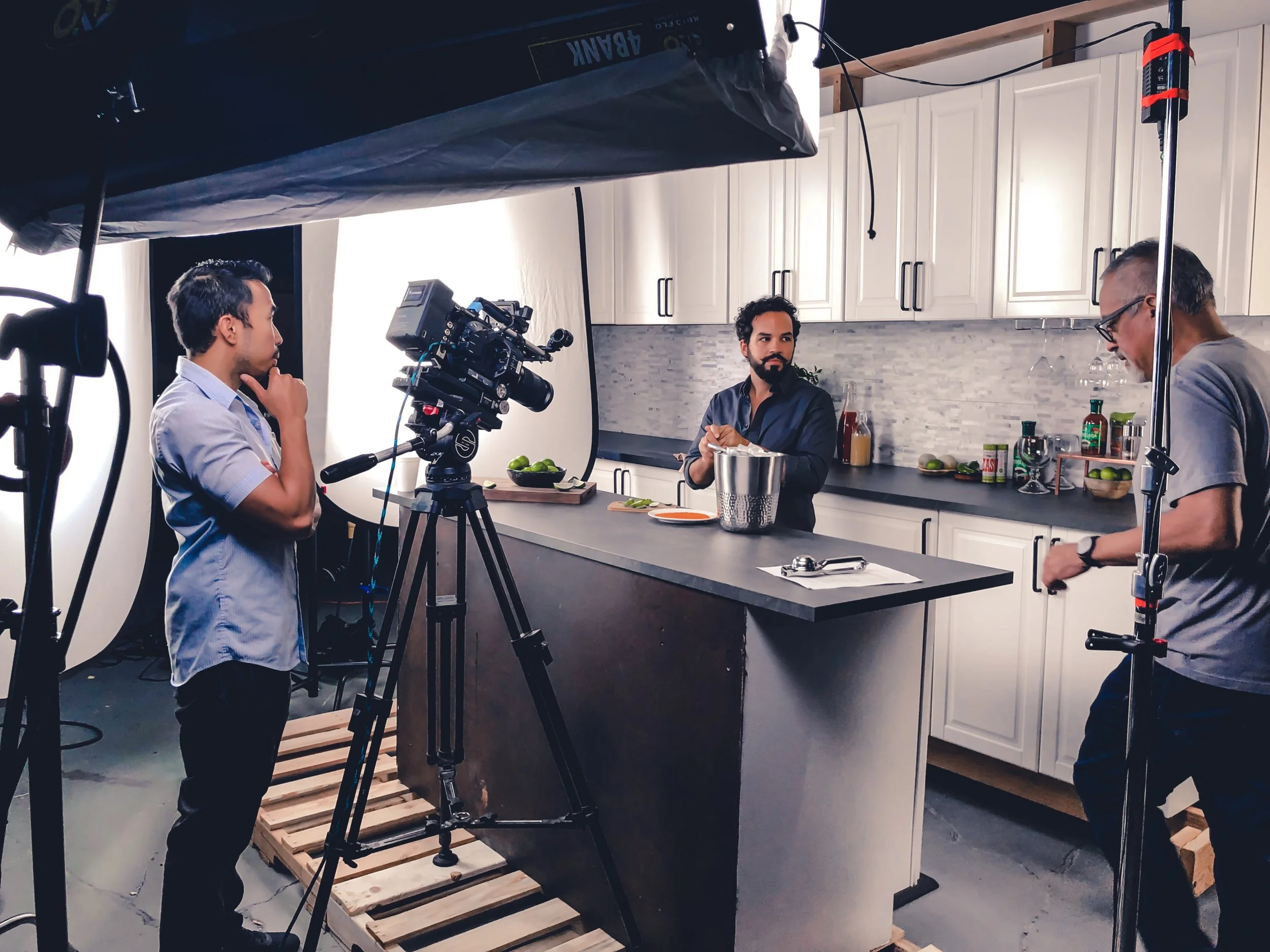Do you need to practice your film composition and framing? Learn how to present the elements in your frame to create visually appealing shots, evoke emotion, and let your audience know what’s going on in your scene. Apply these framing basics: rule of thirds, eyelines, 180-degree rule, headroom, depth, symmetry, and lines to guide your audience on the story and theme of your scene. Follow our tips and guidelines for the basics of framing and composition in this clip from our video content course.
Framing Basics
How do you convey a professionally creative scene in a shot? Position the camera in a way that guides the viewer where you want them to be. Follow these framing basics and techniques to create a clean shot and help the viewer understand your scene better. In this clip from our video content course, we explain and provide useful tips in implementing the Rule of Thirds, eye lines, 180-degree rule, headroom, depth, and symmetry framing techniques.
The 180 Degree Rule
Are your films lacking consistency within your scenes? Have you heard of using the 180 degree rule? Positioning your camera and subjects within the shot of a semi-circle, will allow your scene to flow better and your audience to understand the scene. Our video describes the rule and provides excellent examples from well-known movies so that you can apply the guideline for your future films.
The 180 degree rule is something that brand-new filmmakers don’t take into consideration all the time, and can have radical effects on continuity. If you’ve ever watched a movie that broke the rule, you may not have noticed it. But if it was pointed out to you, it would be impossible to miss, and can be quite jarring.
So what exactly is the 180 degree rule? Simply put, the rule states that all of your shots in a particular scene must exist in a 180 degree area around the subjects. You could imagine it as a semi circle. The first shot in a scene establishes the rough “side” that the rest of the shots must be in.
For example, let’s say you are filming two people having a conversation. The first shot takes place from one of the sides, making it so Person A is facing to the left, and person B is facing to the right. If you film using the 180 degree rule correctly, the placement will be consistent. But, if you suddenly shoot from the opposite side, now Person A is facing to the right, B to the left. This will be disorienting to the audience, as it seems like the subjects are in different places.
Like many filmmaking rules, the 180 degree rule does not have to be followed absolutely 100 percent of the time. There are exceptions. One exception is if you as the filmmaker want to confuse the audience, and so break the rule to do so. Another is if an event happens, and so the rule must be broken to capture that event. The last is if you have a moving shot that moves past the 180 degree area in real time.
